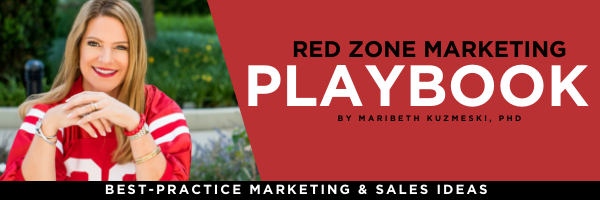What if your clients reviewed every interaction they had with you? That may seem like a frightening proposition to financial advisors because of what it might reveal. But isn’t that the point?
Consider the way Uber works. Uber riders can provide their drivers with instant feedback as soon as their ride is completed, and the Uber drivers (who do everything they can to provide an exceptional ride experience) can rate their riders, as well. See how your Uber drivers rated you by following this link.
What if every interaction you had with your clients was subject to a review? And what if it went both ways like Uber does? We get to rate each other? What would you learn?
Reviews are nothing to fear, even the critical ones. Because sometimes it takes a few critical reviews to achieve that consistent level of service that produces raving fans.
Understanding the Buyer Behavior Process
According to marketing theory, people follow a specific behavioral process each time they buy or seek to buy a product starting with (1) Problem or Need Recognition followed by (2) Information Gathering, (3) Evaluating Alternatives, leading to a (4) Purchase, and, finally, (5) Post Purchase Evaluation. This buyer behavior is the driving force behind any buying decision, including the decision to continue working with a financial advisor.
Good financial advisors are adept at helping clients through the first four steps, helping them recognize a problem and presenting alternative solutions to help in their buying decision. But the post-purchase evaluation is done solely by the client, on their own, and typically kept to themselves. The advisor receives no feedback.
You Can’t Improve or Grow Without Client Feedback
Advisors should be aware that every interaction with their clients is an opportunity for them to reevaluate their relationship. In a highly competitive arena, clients know they’re in the driver’s seat as far as finding a relationship that meets their expectations. Their post-interaction evaluation is relatively simple—”Was this the right decision to choose this advisor, or did I make a mistake?”
Marketers invest heavily in understanding why people decide to purchase a product and why they are so loyal to a particular brand. The most valuable information they use in their research is the post-purchase evaluation or customer feedback, which they can obtain through surveys or studying online reviews. Retailers and other companies spend millions of dollars for that information because they can use it to improve their offerings to meet or exceed customer expectations, particularly in the area of customer service.
Achieving the same level of understanding of their clients’ decision-making should be the number one task of financial advisors striving to improve their client experience and grow their practice. To that end, advisors must create a post-purchase or interaction engagement process that taps into their clients’ thoughts and feelings about their relationship.
How to Conduct Post-Interaction Surveys
Having your clients respond to a post-interaction survey is an excellent way to get valuable feedback, and it can also increase engagement. You can survey your clients on how they view your services and what they want to see changed. Your clients will appreciate that you value their feedback and opinions.
The surveys should be brief—no more than five or six questions, as in the following example:
Our firm exceeds expectations.
Yes/No
We regularly provide information of value to you.
Yes/No
We make it easy for you to do business with us.
Yes/No
Our people often go above and beyond to serve you well.
Yes/No
Anyone in particular? _________________________________________________
We sincerely try to answer all your questions.
Yes/No
Our team has a good understanding of client service.
Yes/No
Please elaborate on any “no” answers: ____________________________________ ____________________________________________________________________
Using an online service like Survey Monkey, you can easily create surveys and include a link to the survey in an email or on your website. Send the email out to your lists, and then again to those who did not open the email the first time. The more data you can gather, the better.
Get Your Clients’ Version of an Exceptional Client Experience
In addition to post-interaction surveys, you could use a more proactive approach to gaining your clients’ loyalty. You could ask them what an exceptional client experience looks like to them. Who better to create that experience than them?
You could survey them the same way or, better yet, conduct individual interviews with ten clients over a phone call or at lunch or breakfast. In addition to gaining a deeper understanding of what they value in an advisory relationship, you’ll likely uncover some common themes.
Here’s a list of questions you could ask:
- Please describe your most memorable service experience and what made it so.
- Tell me about a negative experience you had.
- Have you ever had an experience with an organization that made a difference in your life, and how so?
- What can we do to make your experience more memorable and meaningful?
Just having this conversation with your clients will make them feel special. You can even send them a gift certificate for a restaurant they’ll enjoy as a token of your appreciation.
Taking these measures to obtain critical client feedback is all about deliberately making them feel there is nowhere else they could go to get this level of attention and service, which is what differentiation is all about.
Are you using feedback to mold your client’s ideal experience?
Maribeth Kuzmeski, PhD, President of Red Zone Marketing, is a marketing strategist, advisor to financial services companies, bestselling author of seven books, and a professional speaker rated as a Top 25 C-Suite Speaker as seen in Meetings & Conventions Magazine. She speaks on topics including marketing, branding, sales, and customer service.
Recent Articles:
Don’t Bury the Lede in Financial Advisor Marketing



